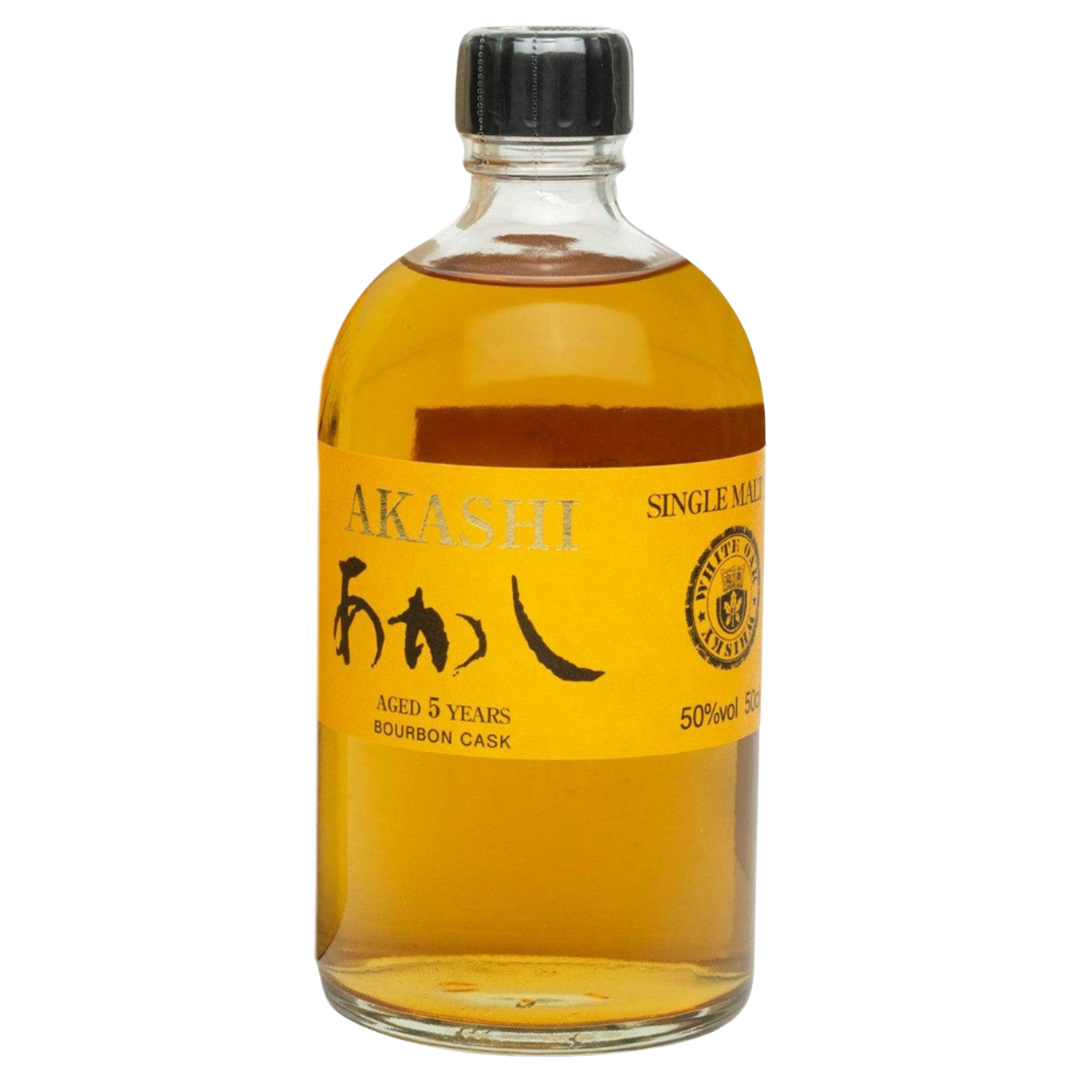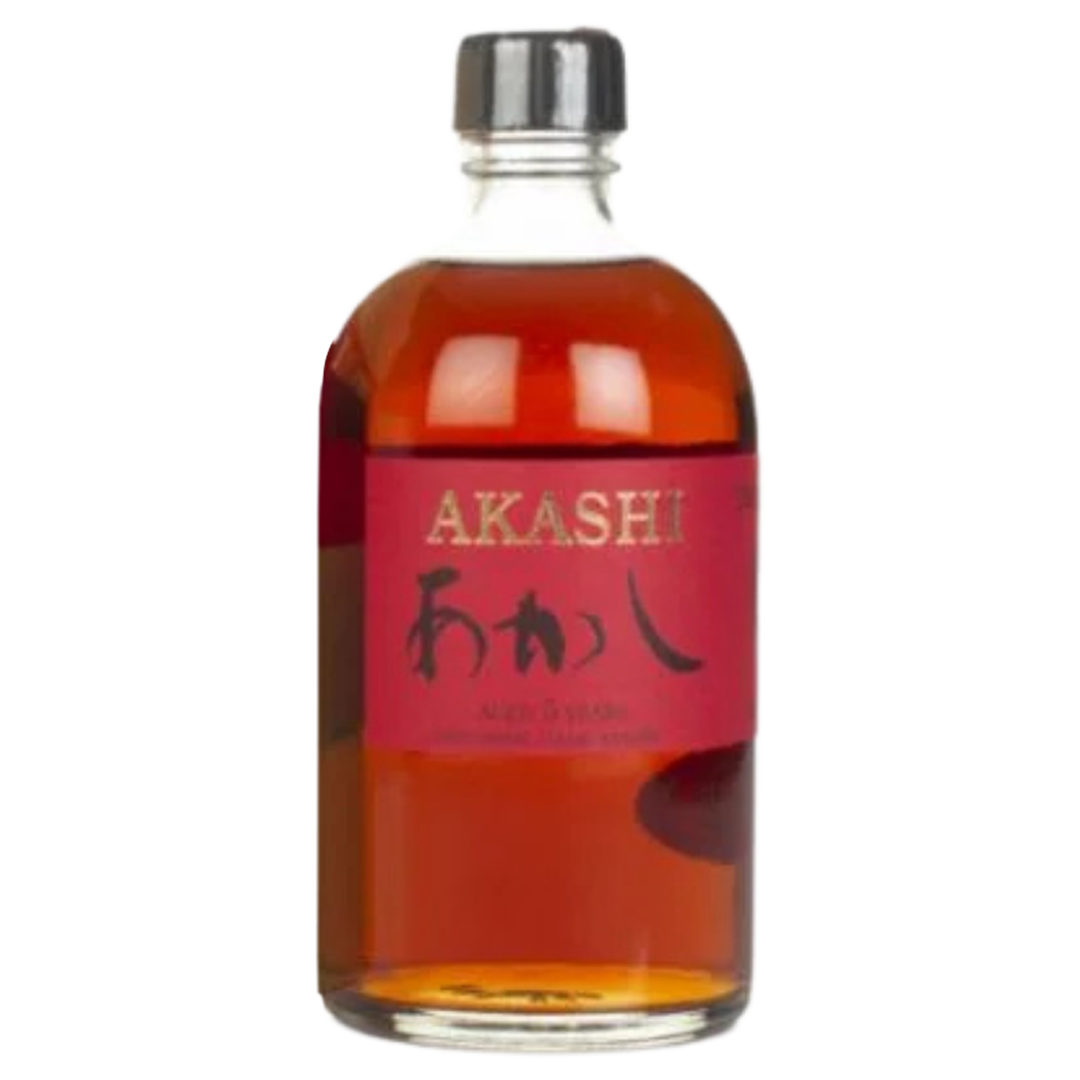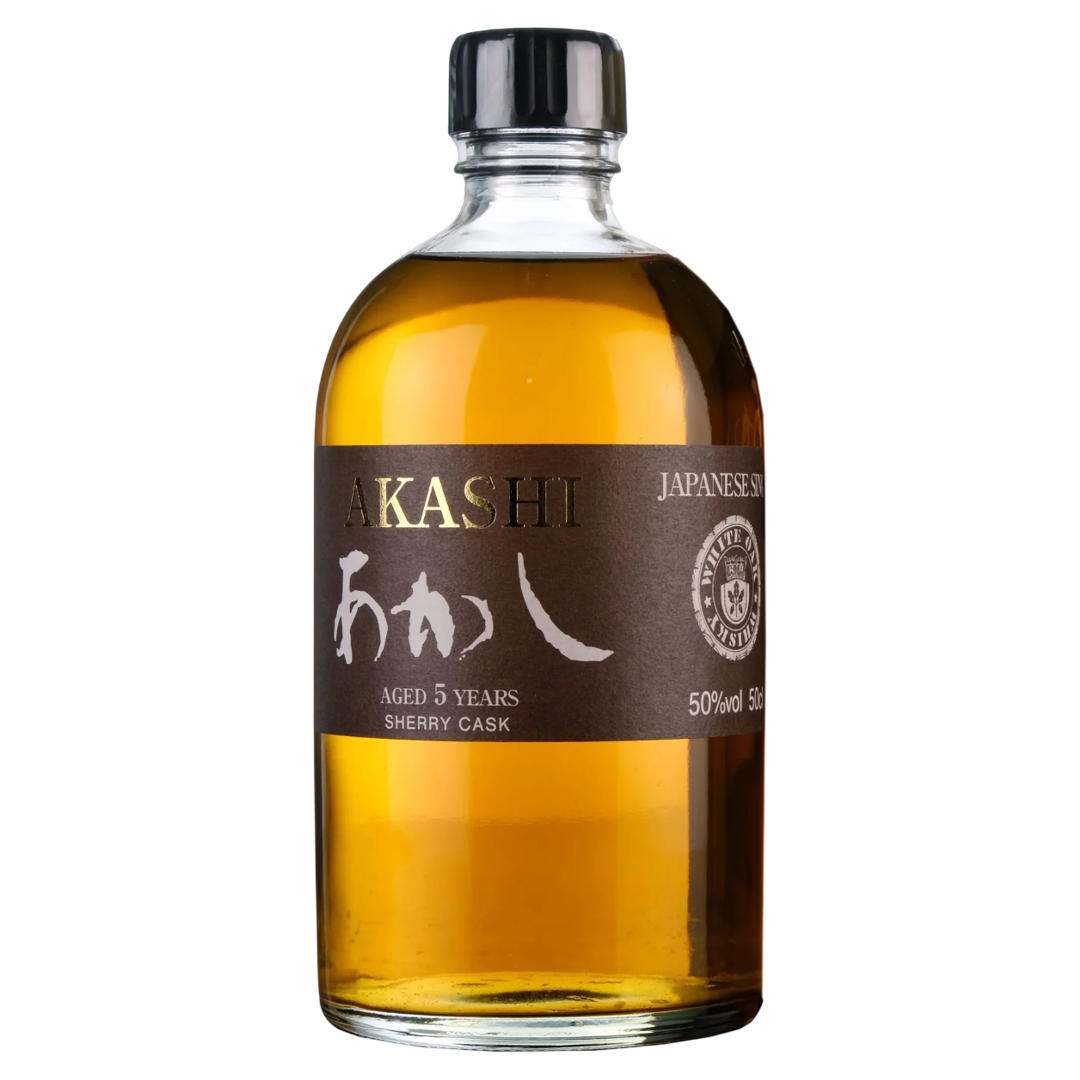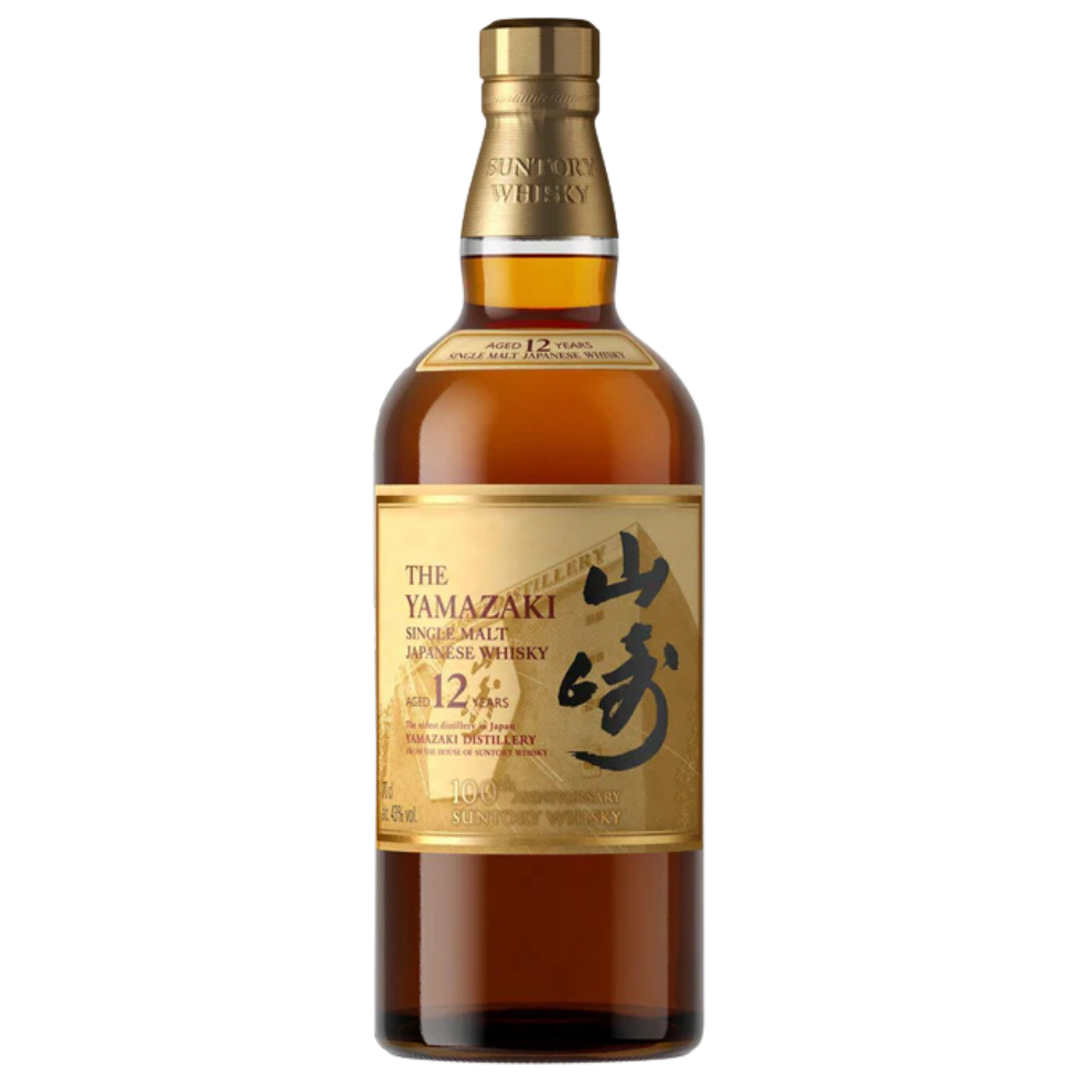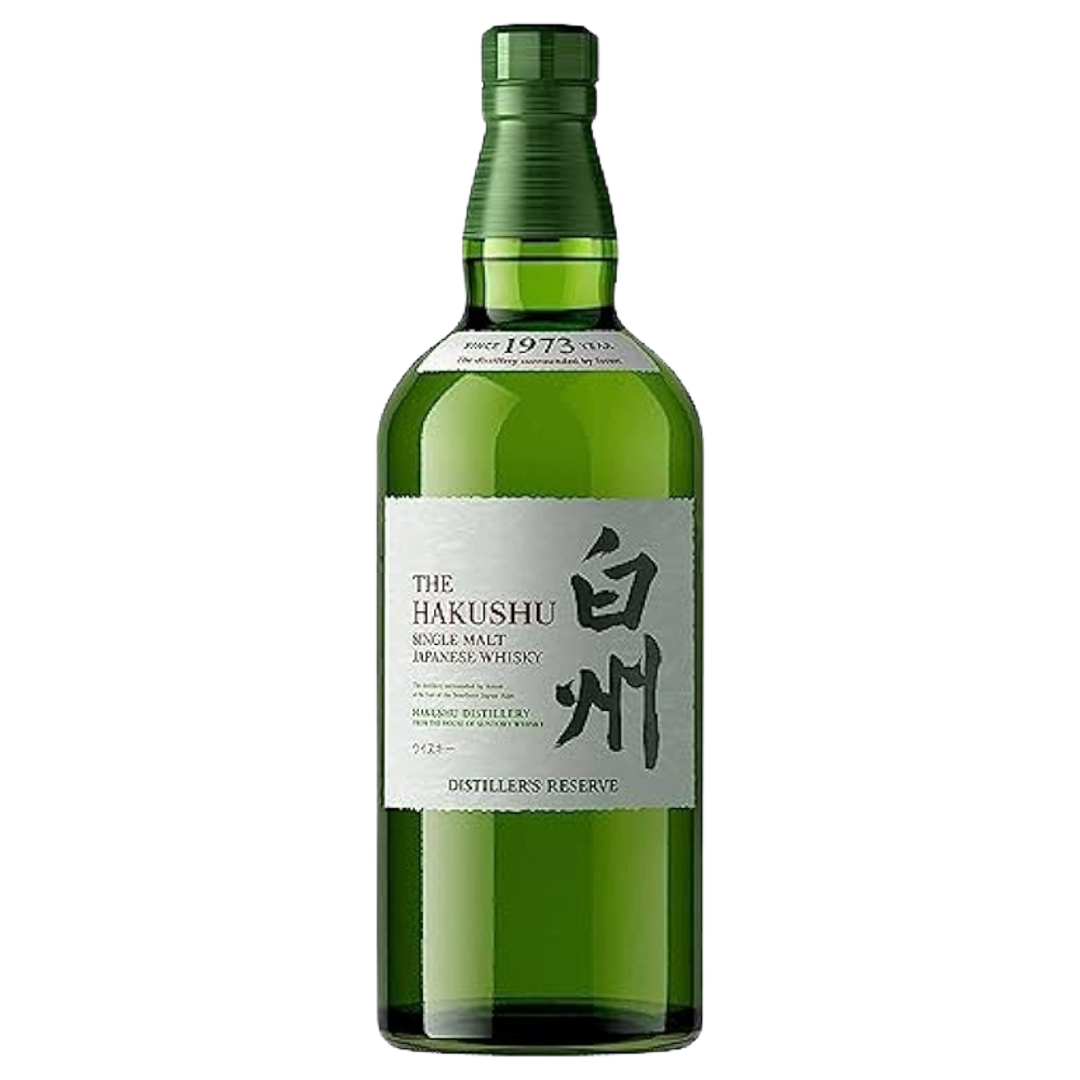Japanese Whisky
5 products
Continue shopping
Enjoy Hassle-Free,
Easy Returns
Enjoy Hassle-Free, Easy Returns
Free Shipping In UK
For Order £50 And Above
Free Shipping In UK For Order £50 And Above
International Delivery Worldwide
Shipping including USA (T&C apply)
International Delivery Worldwide Shipping including USA (T&C apply)




Continue shopping
Spotlight on
Spotlight on
Spotlight on
Spotlight on
Spotlight on


Spotlight on


Spotlight on


Spotlight on


Spotlight on


Spotlight on


Spotlight on


Spotlight on
Spotlight on
Spotlight on
Spotlight on
Spotlight on
Spotlight on
Spotlight on
Spotlight on
Spotlight on
Spotlight on
Spotlight on
Spotlight on
Spotlight on
Spotlight on
Spotlight on
Spotlight on
Spotlight on
Spotlight on
Spotlight on
Spotlight on
Spotlight on
Spotlight on
Spotlight on
Spotlight on
Spotlight on
Spotlight on
Spotlight on
Spotlight on
Spotlight on
Spotlight on
Spotlight on
Spotlight on
 Try & Buy
Try & Buy
Are you 18 years old or older?
Sorry, the content of this store can't be seen by a younger audience. Come back when you're older.
5 products
Join The Spirits Embassy Club
Enter Your Email For Discounts, New Launches, Scotch Whisky News And Other Interesting Content.
All your personalization details will be permanently lost. Are you sure you want to remove the engraved product?
Interested in owning the "" bottle

We received your response and we will get back to you soon


